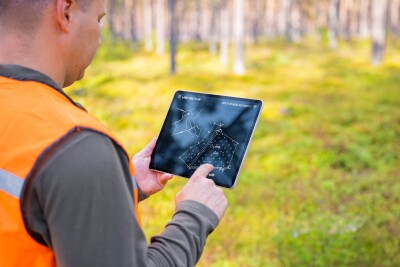Anyone who asked me about laser scanning over the past 4-5 years typically received an overly long explanation of what it was followed by some statement along the lines of, “It’s where GPS was in the early ’90s; most people had not heard of it and had no idea that they would be using it every day within a decade.” I’m starting to doubt that statement.
Perhaps I’ve been at this a bit too long but there do not seem to be that many advancements in point cloud use, processing, or displaying compared to other 3D technologies. Something like Autodesk’s 123D Catch seemed inconceivable just a few years ago but here it is; and it’s free. It seems like a short leap to make this type of close range photogrammetry into an accurate data collection tool. The first time I saw Elmer Bol (of Autodesk & formerly of Alice Labs) demonstrate this type of imaging it seemed like magic and as I recall it wasn’t exactly cheap. I think that was Spring of 2009. With the exception of some auto-detection tools like those by Clearedge 3D, I’m still using point clouds the same way today that I did when I saw Elmer’s demo.
To the credit of point clouds there are initiatives within the major 3D platforms to incorporate point clouds into the workflow using native engines. I’ve even met some that hope to use point clouds so that we can save the time and expense necessary to create meshes and solids from the point cloud data. I hope that they are successful but the fact that we have been looking for that type of solution for so long now keeps my hopes in check.
The biggest sign I’ve seen that the point cloud may be integral in the future of 3D imaging is the success of the Microsoft Kinect system. The wide adoption by robotics developers has led to an explosion in coding for the auto recognition and real time feature extraction from point cloud data. Anyone doubting the speed with which these projects are moving should start watching the Blog on Pointclouds.org.
Last but not least is the possibility that a) one good leap forward could catapult point clouds ahead of everything else again and b) not being the end product does not mean that it will not be the collection format. In the end I selfishly hope that I didn’t choose to spend so much of my life on a medium that may not survive. Perhaps starting my professional career with GPS set me up with unrealistic expectations when it comes to the level of integration that one should expect from a new technology … or maybe it’s just Monday.





